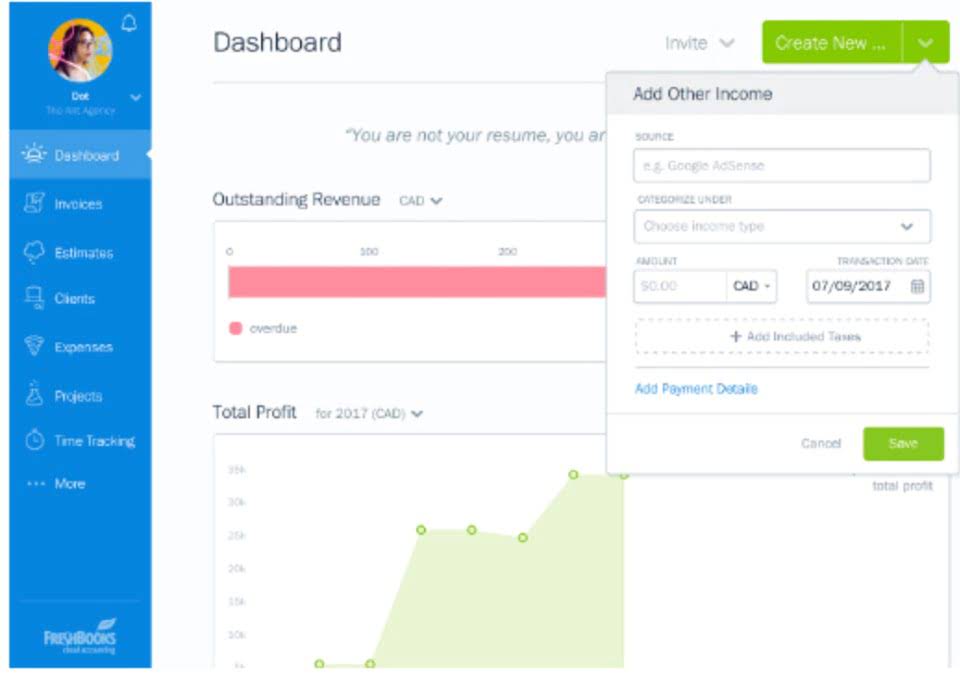Balance Sheet Definition & Examples Assets = Liabilities + Equity
Скільки заробляє тестувальник: детальний огляд
June 9, 2022Profesi Sales Manager: Tugas, Jobdesk, Gaji, Keahlian dan Jenjang Karir
October 19, 2022
Let’s assume that Jake owns and runs a computer assembly plant in Hawaii and he wants to know his equity in the business. The balance sheet also indicates that Jake owes the bank $500,000, creditors $800,000 and the wages and salaries stand at $800,000. Examining the return on equity of a company over several years shows the trend in earnings growth of a company. For example, if a company reports a return on equity of 12% for several years, it is a good indication that it can continue to reinvest and grow 12% into the future. Treasury stocks are repurchased shares of the company that are held for potential resale to investors. It is the difference between shares offered for subscription and outstanding shares of a company.
Formula to Calculate Shareholder’s Equity (Stockholders Equity)
As equity depends on both assets and liabilities, errors here can change equity values a lot. To keep calculations accurate, do a trial balance before you finalize the balance sheet. Calculating a company’s equity needs careful attention to detail.

Step 7: Review periodically
- Investors use total equity to assess the financial strength and growth potential of a company.
- It is the amount received by the shareholders if we liquidate all the company assets and repay all the debt.
- Equity is an important concept in finance that has different specific meanings depending on the context.
- It assesses financial leverage using total debt versus shareholder’s equity.
- For example, you can find out the total assets by adding liabilities and equity.
- Calculating equity from the balance sheet is not just about checking a formula.
Long-term liabilities are obligations that are due for repayment over periods longer than one year. Companies may have bonds payable, leases, and pension obligations under this category. There is a clear distinction between the book value of equity recorded on the balance sheet and the market value of equity according to the publicly traded stock market. In contrast, early-stage companies with a significant number of promising growth opportunities are far more likely to how to calculate total equity keep the cash (i.e. for reinvestments).
Can owner’s equity be negative?
The content within this article is meant to be used as general guidelines Bookkeeping for Consultants and may not apply to your specific situation. Always consult with a professional for specific and individual accounting advice. We serve on FDI advisory, cross-border accounting, International tax planning and Management consulting needs of our overseas clients all over the world.
How Do Stock Buybacks Impact Shareholders Equity?
- It tells them about a company’s ability to pay off debts and its investment potential.
- This step-by-step method uses real data to accurately work out equity.
- All the information needed to compute a company’s shareholder equity is available on its balance sheet.
- Net income is the total revenue minus expenses and taxes that a company generates during a specific period.
The sum of these components yields the total equity Accounting Periods and Methods at the start of the period. Your owner’s equity is the amount you invested in your business. The equity section of a corporation’s financial statement may also include common stock, preferred stock, share capital, capital surplus, stock options, retained earnings, and treasury stock. Understanding the common equity formula is crucial for investors and financial analysts as it provides insights into a company’s financial health and ownership structure.


